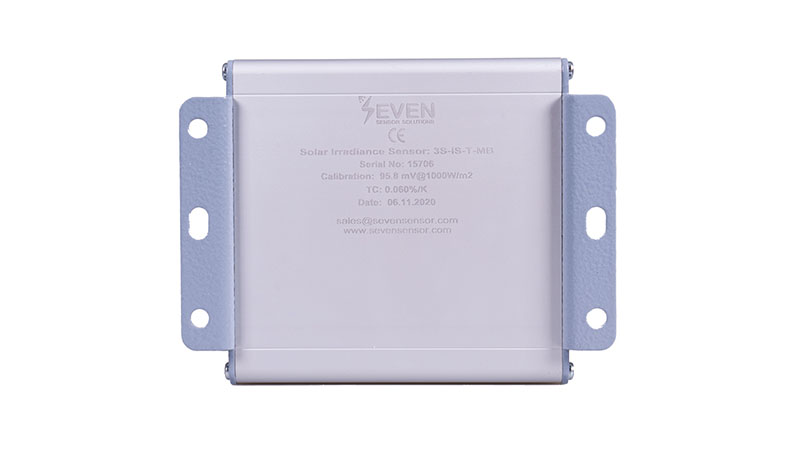The weather stations are the systems created to collect the meteorological data. They are especially used in solar energy systems and provide important data for performance evaluation of the system. The performance is the most important factor for PV Plants investment. Meteorological data is collected from sensors and evaluated in datalogger via a monitoring program to show the performance ratio to PV Plant investors.
The weather stations, which provide useful data for performance evaluation of solar systems, are one of the important devices for the sustainability of the Solar Plants.
What Are the Components of Weather Stations?
- Irradiance Sensor or Pyranometer
- Ambient Temperature Sensor
- Module Temperature Sensor
- Wind Speed Sensor
- Wind Direction Sensor
- Humidity Sensor
1-Irradiance Sensor or Pyranometer
Irradiance Sensors, which are also called pyranometers, provide the measurement of the solar in W/m2. Irradiance data, which is the most important data for performance evaluation in solar energy systems, is determined by this sensor. As seen in the following photo, there are various connections on the sensor box. With these connectors; ambient temperature, module temperature and wind speed sensors can be directly connected to the card under the irradiance sensor. Seven Sensor produces irradiance sensors with Modbus RTU output and analog output. You can find detailed information about the irradiance sensor from our article.
2-Ambient Temperature Sensor
Ambient Temperature Sensors are produced with temperature sensitive materials that are detecting temperature changes in the environment. These sensors are available with both DS18B20 and PT1000 outputs. The technical features of these sensors are illustrated in the following chart. These sensors should be used with UV resistant plastic protection.
Seven Sensor produces ambient temperature sensors with Modbus RTU output and analog output too.
| DS18B20 | PT1000(According to EN 60751 1/3 Class B) | |
|---|---|---|
| Measuring Range | -55…+125 ⁰C | -55…+80 ⁰C |
| Accuracy | ± 0.5 ⁰C | ± 0.1 ⁰C |
| Sensor Housing | Stainless steel tube , 6 mm diameter, 50 mm length | Stainless steel tube , 6 mm diameter, 50 mm length |
| Cable | 3 m PUR Cable, UV and weather condition resistant | 3 m PUR Cable, UV and weather condition resistant |
| Protection | IP67 | IP65 |
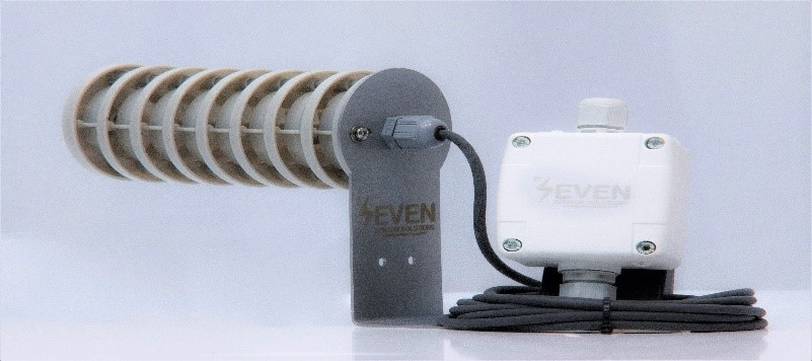
3-Module Temperature Sensor
Module Temperature Sensor are produced with temperature sensitive materials that are detecting the temperature changes in the module. Like the ambient temperature sensor, module temperature sensor is also produced with DS18B20 and PT1000 outputs.
We have module temperature sensors with Modbus RTU and analog outputs.
| DS18B20 | PT1000(According to EN 60751 1/3 Class B) | |
|---|---|---|
| Measuring Range | -55…+125 ⁰C | -55…+80 ⁰C |
| Accuracy | ± 0.5 ⁰C | ± 0.1 ⁰C |
| Sensor Housing | Stainless steel tube , 6 mm diameter, 50 mm length | Stainless steel tube , 6 mm diameter, 50 mm length |
| Cable | 3 m PUR Cable, UV and weather condition resistant | 3 m PUR Cable, UV and weather condition resistant |
| Protection | IP67 | IP65 |
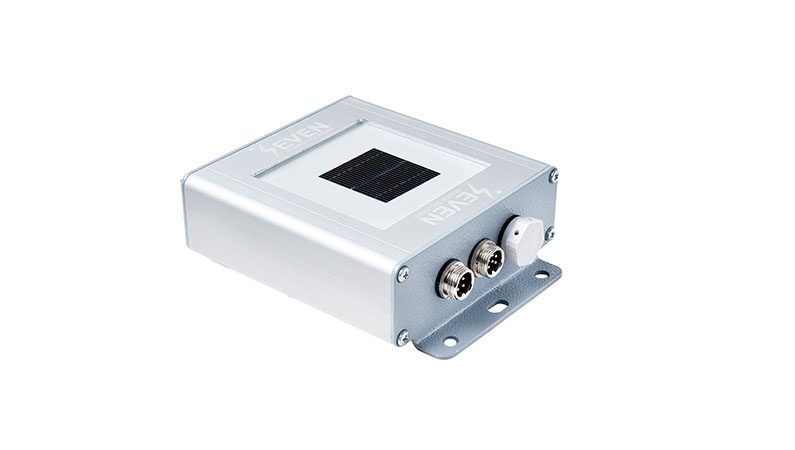
4-Wind Speed Sensor
Wind speed sensor is the sensor used to measure the wind speed. The scientific name for this device is anemometer. Anemometers are part of the standard equipment in a weather station and used to measure the speed of the wind at a given height in the atmosphere. We have wind speed sensors with Modbus RTU, analog and digital outputs.
| MODBUS RTU OUTPUT | DIGITAL OUTPUT | ANALOG OUTPUT | |
|---|---|---|---|
| Signal Output | RS485 Modbus RTU | Reed relays, 2.5 Hz / (m/s) pulse | 4…20 mA / 0…10 V |
| Measuring Range | 0.5 …50m/s | 0.9…40m/s | 0…35 m/s / 0…35 m/s |
| Ambient Temp. | -25…+85 °C | -25…+60 °C | – |
| Cable | M12 connection 3 m cable | 3 m LİYY Cable, UV and weather condition resistant | 5m – 4×0,5 mm² |
| Protection | IP65 | IP54 | IP65 |
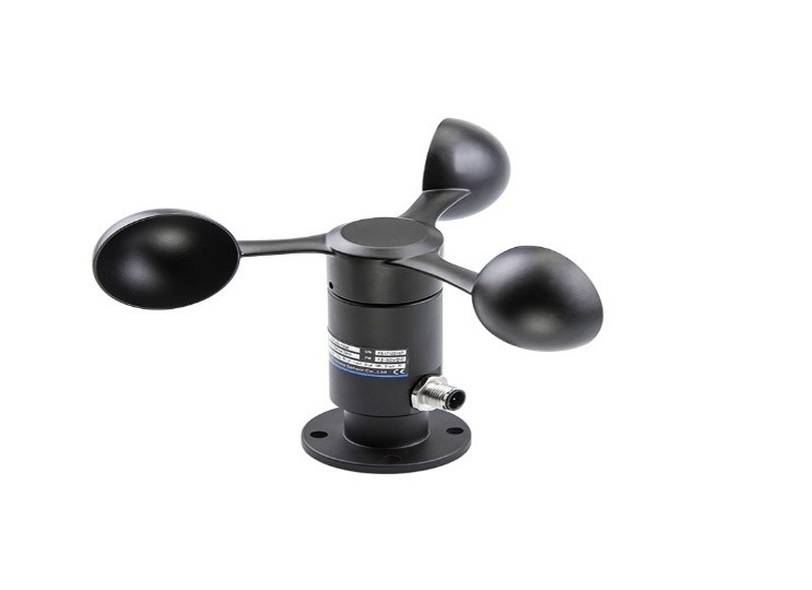
5-Wind Direction Sensor
The wind in the measured area can blow from a certain direction or from different directions. It is the sensor that is measuring the direction and converting direction information into electrical signal. We have wind direction sensors with Modbus RTU, analog and digital outputs.
| MODBUS RTU OUTPUT | DIGITAL OUTPUT | ANALOG OUTPUT | |
|---|---|---|---|
| Signal Output | RS485 Modbus RTU | 8 reed contacts, Pulse | 4…20 mA / 0…10 V |
| Measuring Range | 0…360° | 0…360° | 0…360° |
| Cable | M12 connection 3 m cable | 3 m or 5 m, PVC or PUR UV and weather condition resistant | 5m – 4×0,5 mm² |
| Protection | IP65 | IP54 | IP65 |
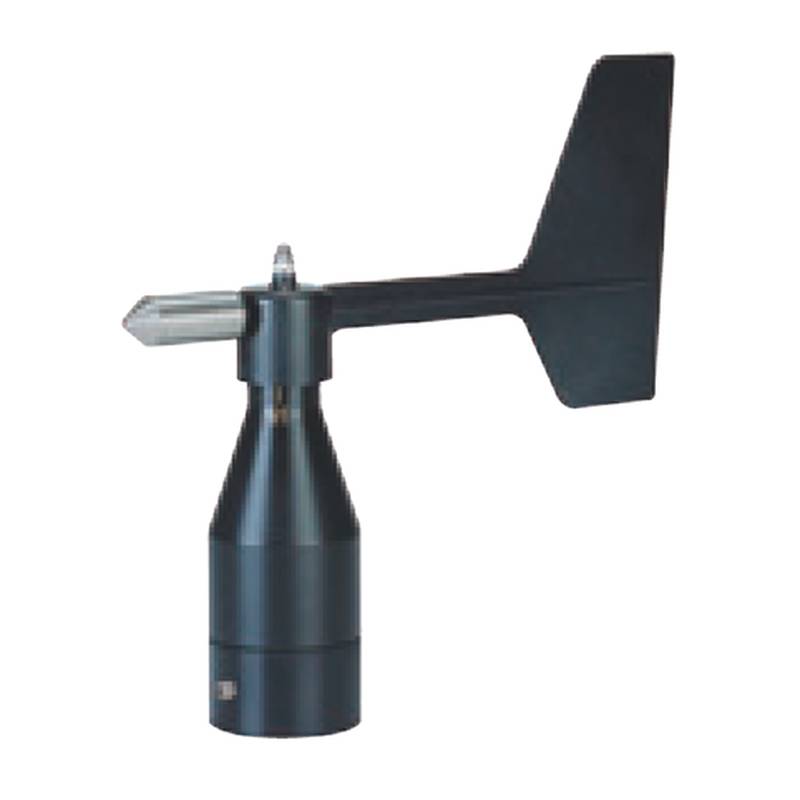
6-Relative Humidity Sensor
It is the sensor that measures humidity in the air. It is a widely used sensor in the evaluation of condition in the solar energy systems, industrial areas, production facilities, storage areas, transportation vehicles, especially meteorology, and in controlling humidity to protect sensitive products and tools. We have humidity sensors with Modbus RTU and analog outputs.
| MODBUS RTU OUTPUT | ANALOG OUTPUT | |
|---|---|---|
| Signal Output | RS485 Modbus RTU | 4…20 mA / 0…10 V |
| Measuring Range | 0…100 % | 0…100 % |
| Response Time | 8 Seconds | 8 Seconds |
| Tolerance | 25 °C: +/- 2 % r.h. (20…80 %) + 2% f.s. | 25 °C: +/- 2 % r.h. (20…80 %) + 2% f.s. |
| Cable | 3 m, PUR coated, shielded (LiYC11Y, 4 x 0.14 mm²) | 3 m, PUR coated, shielded (LiYC11Y, 4 x 0.14 mm²) |
| Protection | IP65 | IP65 |
In addition, the air pressure sensors and precipitation sensors can be also integrated into the weather station.
Basically, the weather stations are systems that can be customized according to the client requirements.
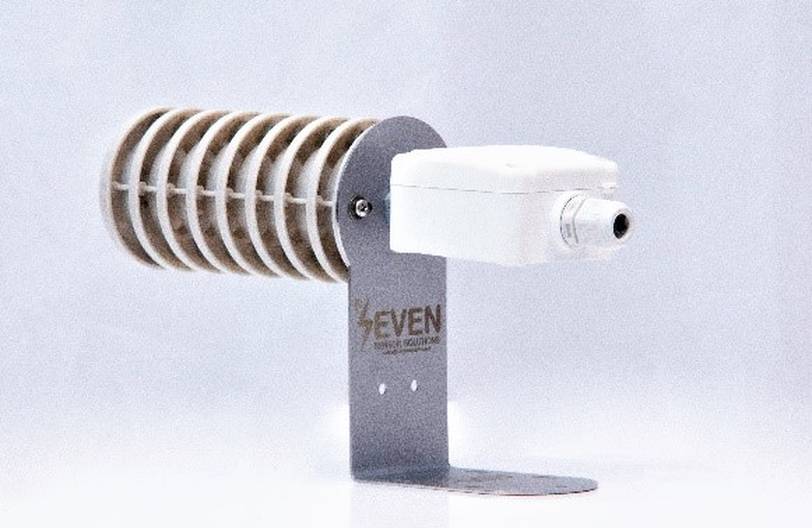
Compatible Datalogger Brands for Weather Stations?
As Seven Sensor, we produce the weather stations for solar energy systems. We are in the lists of the recommended weather station of international brands such as Huawei and GoodWe. You can contact us for the sensor solutions you need.
These sensors can provide information received from PV plant in the protocol required by the datalogger manufacturer. For this reason, not all the sensors or the weather stations can be connected to all dataloggers. The Weather Station of Seven Sensor is compatible with Huawei, SMA, GoodWe, SolarEdge, Bluelog… For more detailed information, you can contact us.
